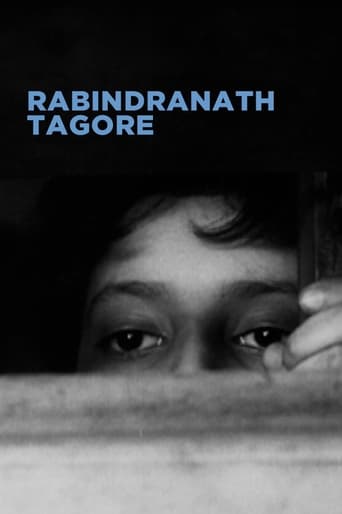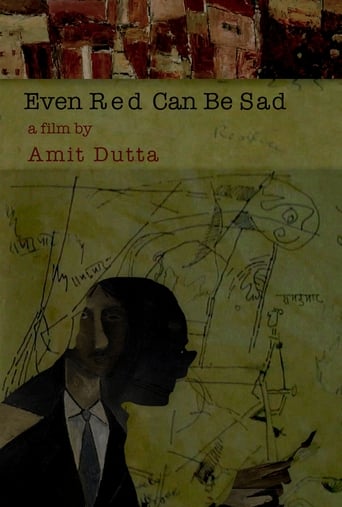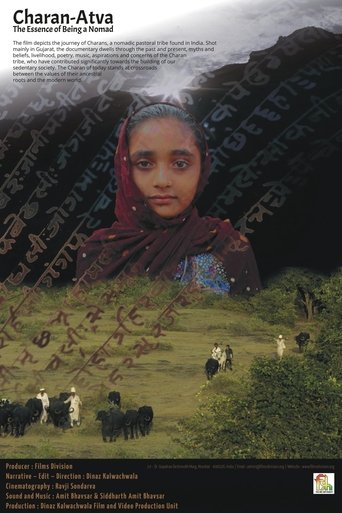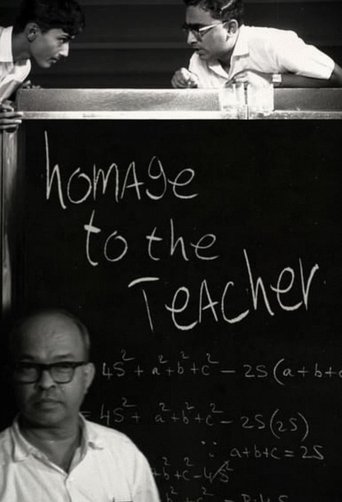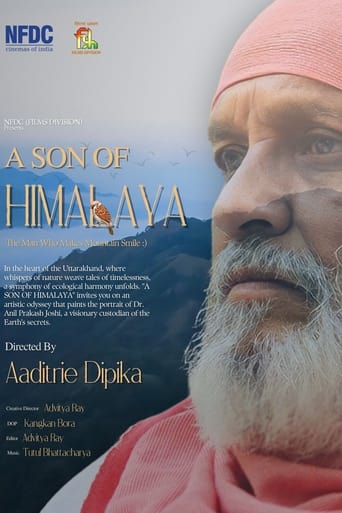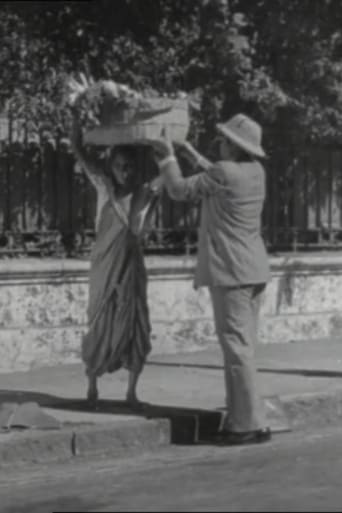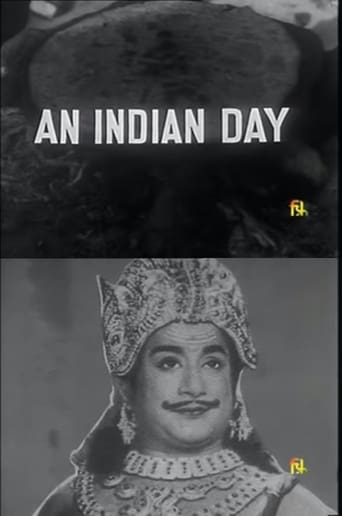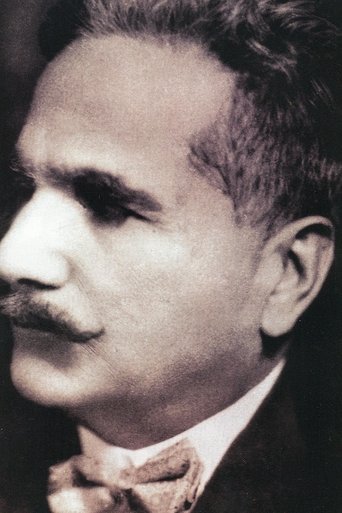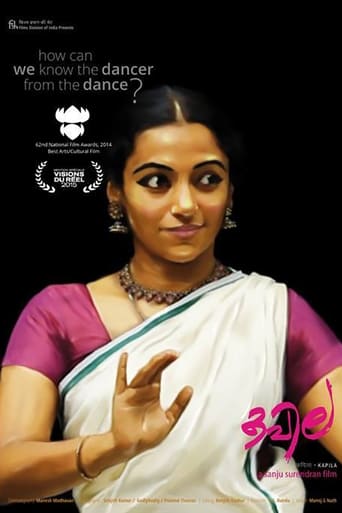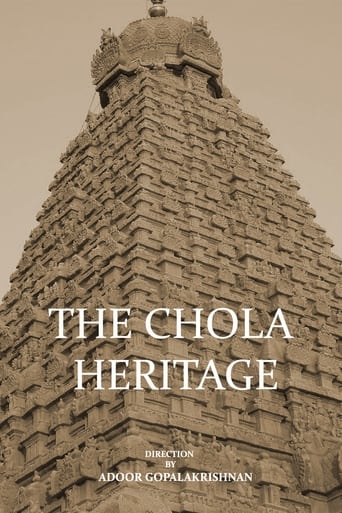Mahatma: Life of Gandhi, 1869-1948 1968
Mahatma: Life of Gandhi, 1869–1948 is a 1968 documentary biography film, detailing the life of Mahatma Gandhi. The film was made to seek to tell the life story Gandhi, and his incessant search for Truth. The film contains animation, live photography and old prints to provide an integrated image of his life. The story itself is narrated using mostly Gandhi's own words. There are several versions of the film. There is the 5 hour version in English, a shorter version which runs for 2 hours and 16 minutes, and an even shorter version which runs for an hour. A Hindi version exists, running for 2 hours and 20 minutes, and a German version at 1 hour and 44 minutes.

